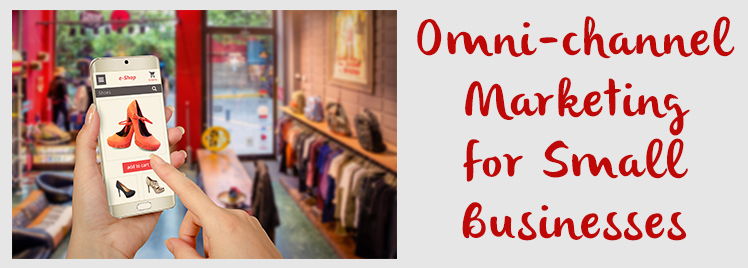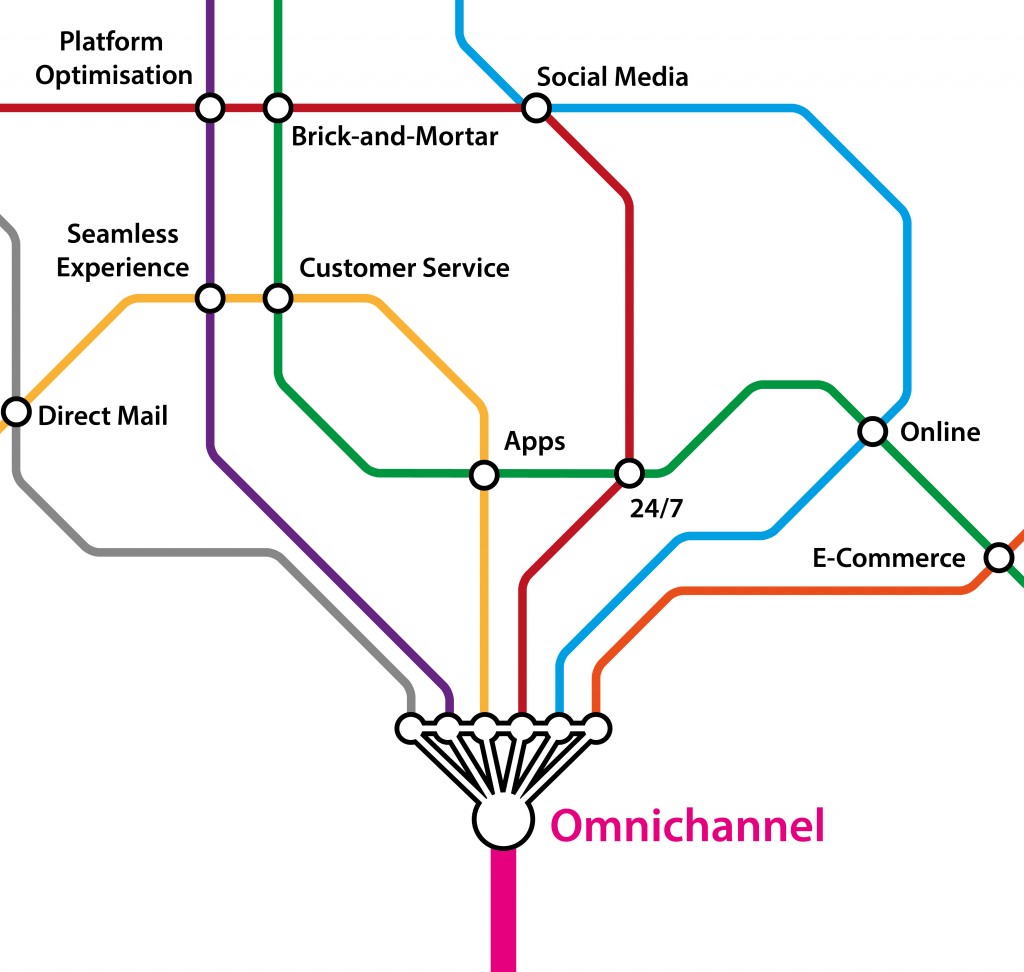-
Traffic
Get More Traffic
SponsoredLinX offers a number of different services to help drive more qualified traffic to your website. Google Ads Management Search Engine Optimisation Microsoft Ads Facebook Advertising Google Ads Mobile“SponsoredLinX are a rarity in today’s market place, they promise a lot but deliver more. Our business has grown by over 400% in one month; we are amazed at the difference they have made.”
-
Conversion
Convert More Leads
Our second step is making sure that your website is able to convert the traffic you receive into leads for your business. Optimising your website to convert more leads is important to a profitable campaign. Web Development Convertopages Do It For Me eCommerce“I just want to say thank you! The changes that you have applied in our AdWords campaign have definitely seen an improvement on click quality and sales for HippityHop.”
-
Retention
Retain Your Customers
As you build up a customer base you need to make sure to keep engaged and retain your relationship. LinX App“SponsoredLinX fully redesigned our main company website with a fresh, clean and professional look. The ‘Google friendly’ web design were part of the fantastic ongoing service we received.”

Omni-channel Marketing for Small Businesses
Myer’s recent marketing investment puts the word ‘omni-channel marketing’ under the spotlight. Small businesses tend to shy away from such buzzwords that are often associated with large corporations or brands. ‘Let the big guys worry about them’ is a common way of thinking. If this speaks to you, think about the first time you heard the word ‘mobile-optimised’ or ‘social marketing’. How long did it take for them to become a business essential to you?
‘Omni-channel marketing’ is one of those buzzwords which is even harder to grasp given that its literal meaning can be misleading sometimes. As ‘omni’ means all, many people take omni-channel marketing as multi-channel marketing. In fact, ‘omni-channel marketing’ is a business principle and strategy that puts customer experience in the focus and develops everything else around this focus using multiple channels.
Simply put, omni-channel marketing is about providing a seamless brand experience across all customer touch points. The emphasis is on the customer experience instead of the use of channel (or the number of channels). To help fast track your understanding in this business strategy, the two common misconceptions below must be pointed out and clarified first.

Misconception #1: Omni-channel marketing is for large organisations
People who tend to think like this have confused omni-channel marketing with multi-channel marketing. With omni-channel marketing, focus on the quality of the customer experience on each channel instead of the quantity of the channels.
In other words, you can achieve a satisfactory omni-channel marketing outcome with only two major channels; provided that they are the key channels your customers visit before completing a transaction with you. These could be your website and your physical store, or your Facebook page and your online store. Research your typical customers’ decision making journey and use data to pin-point the touchpoints that are most significant.
The challenge is then to ensure that an integrated customer experience is provided across the selected channels. Your messages from all channels need to speak a single truth. If you are unsure about eliminating the disconnection between the experiences, consider reducing some of the channels that are less significant than others.
With omni-channel marketing, it’s about meeting your audience at the right place and with the right message. Brand consistency comes before brand exposure. Misaligned communication can tarnish your customers’ brand experience and turn them away for good.
Misconception #2: Omni-channel marketing needs to be done all at once
An advice from McKinsey & Company that has enlightened me in multiple occasions is that a successful investment in marketing and sales isn’t just about choosing the right capabilities; it’s about choosing to develop them in the right sequence. Going for omni-channel marketing, as tempting as it sounds, needs to be planned out in the order of business priority and organisational capability.
Every marketing channel you decide to include in your omni-channel approach takes consistent effort and comes with an opportunity cost. Say you have four hours every week for marketing as a small business owner, putting together an email newsletter and publishing a few social media posts can easily take up all your hours. Making the right trade-offs according to return on the investment is generally the way to prioritise your marketing practices.
When your ROI attribution model is not clear enough to inform you on the priority of marketing channels, consider achieving the scale of economy for a couple of channels first before expanding to others. Omni-channel marketing strategy is not about going full-on for each channel you have committed to, but more of looking after them at the right frequency and with right amount of attention. Over time you will develop a sense of balance between the effort put in for each channel and the level of integrated customer experience you achieve in that channel.
In summary, omni-channel marketing is not only a strategy but also a business sense that focuses on providing high quality, seamless customer experience across multiple customer touch points. With more opportunities provided by each channel come more risks in managing the customer experience in that channel.
It is not recommended to go with omni-channel marketing for the sake of going with omni-channel marketing until you are confident that you can look after your customers in each channel. With customers actively using multiple platforms to research and buy products these days, small business owners should create their omni-channel marketing strategy starting from the most important platforms.
Believe your business is ready to execute a seamless customer experience? Then let SponsoredLinX help you with your online marketing channels. Call us now on 1300 859 600 or visit our website.

